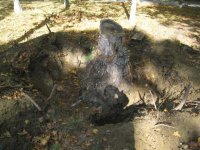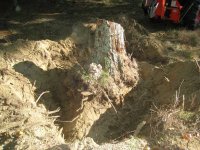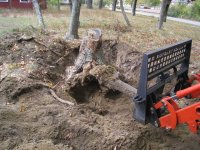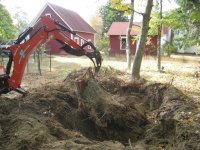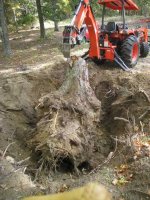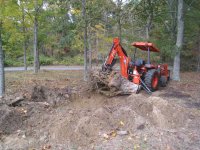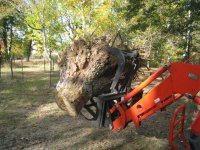IslandTractor
Super Star Member
- Joined
- Sep 15, 2005
- Messages
- 17,101
- Location
- Prudence Island, RI
- Tractor
- 2007 Kioti DK40se HST, Woods BH
Glad to hear you will be ripping up the West Coast.
Based on my use so far I would probably have not bothered with the cut outs either as they were only to save weight and the ripper did not end up weighing as much as we feared. On the other hand the cut outs don't have any downside and look kinda cool as a Star Trekkie torture device for trees.
After I use it a bit more I'll consider welding on some of the reverse ripper teeth like IronHorse has as that might speed up getting through some of the flexible and larger roots.
Based on my use so far I would probably have not bothered with the cut outs either as they were only to save weight and the ripper did not end up weighing as much as we feared. On the other hand the cut outs don't have any downside and look kinda cool as a Star Trekkie torture device for trees.
After I use it a bit more I'll consider welding on some of the reverse ripper teeth like IronHorse has as that might speed up getting through some of the flexible and larger roots.

